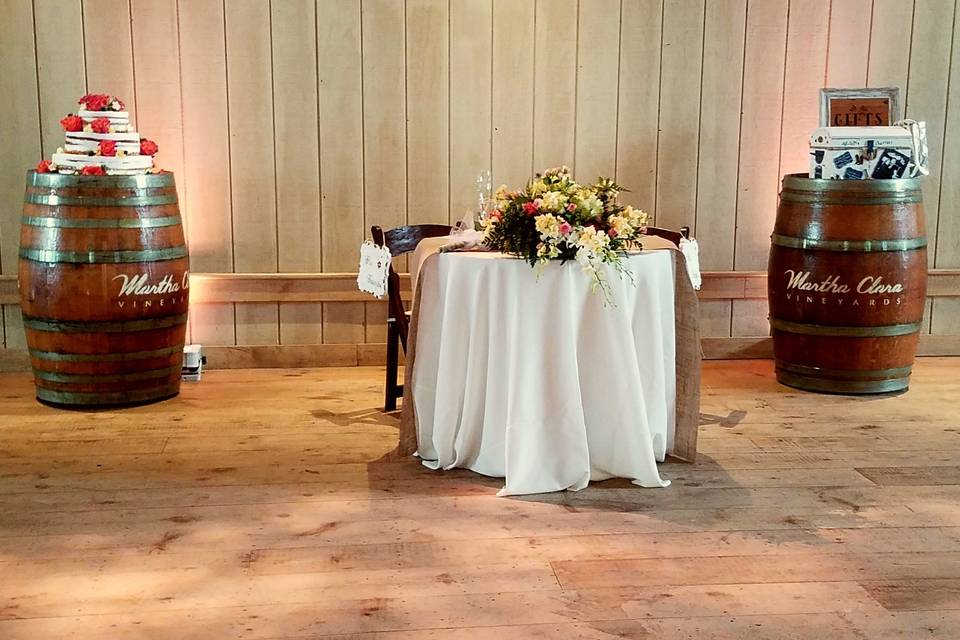Synchronizing Audio and Light to Elevate the Influence of NYC Performances
Wiki Article
Throughout NYC, performances like theatrical performances, musical events, and other in-person events generate a vibrant artistic scene that attracts countless of audiences. One key component of delivering these events unforgettable is the careful integration of sound and lighting. This harmonization not only enriches the audience's experience but also aids communicate emotions and messages that the artists wish to share. Understanding how audio and light interact can significantly elevate the effectiveness of any production.

Sound plays a vital function in setting the tone for any performance. It encompasses music, dialogue, audio cues, and ambient noises that establish an auditory space for the audience. Effective sound design guarantees that each element is clear and balanced. For instance, in a stage musical production, the vocals must be heard clearly over the musical arrangement. This balance enables the audience to engage with the story being performed while fully enjoying the composition. Effective application of sound can elicit feelings of happiness, sadness, or suspense, guiding the audience's emotional responses throughout the show.
Light also plays a pivotal role in theatrical performances. Lighting design assists in create mood and focus emphasis on targeted sections of the set. Different illumination methods can change the view of space and time within a performance. For example, vivid lighting can invigorate a moment, while dim lights can foster intimacy or suspense. By leveraging color and brightness in lighting, technicians can also amplify the see this website mood of each scene. When combined with audio, lighting brings dimension and texture to storytelling, making it more captivating for viewers.
The coordination between sound and lighting specialists is essential for delivering a cohesive production. These experts must communicate effectively to guarantee that their elements complement one another. For instance, if a scene requires a dramatic reveal, both audio cues and lighting cues need to be precisely synchronized. This why not try this out synchronization produces a powerful moment that grabs the audience's focus. The collaboration between these two departments underscores the necessity of teamwork in creating impactful productions that resonate with audiences.
In conclusion, blending audio and lighting is essential for enhancing the effectiveness of live shows in NYC. Together, they create an immersive experience that captivates audiences and enhances storytelling. As technology evolve, sound and lighting designers will have even more tools at their disposal to create innovative experiences. Understanding this fusion not only enriches performances but also demonstrates the artistry involved in producing live events. By appreciating how these elements work together, audiences can gain a deeper insight of what goes into crafting memorable theatrical experiences.